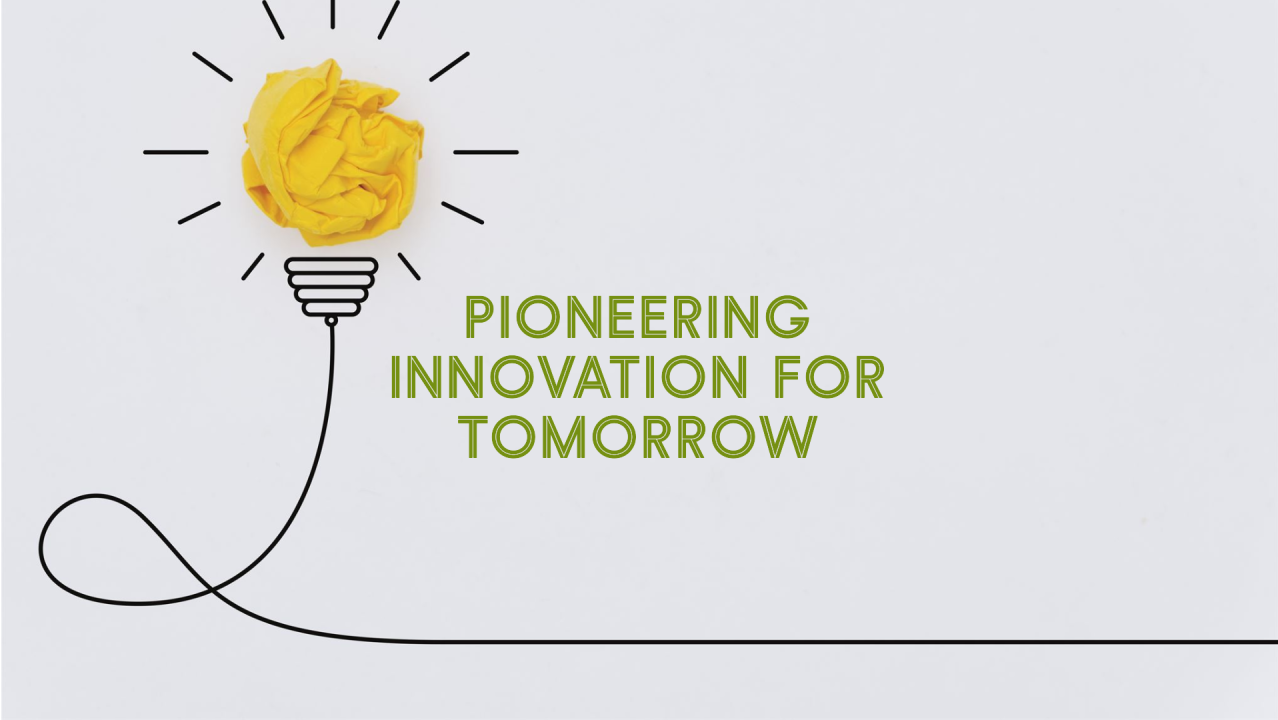When we think about groundbreaking innovations that have shaped the modern world, the assembly line is at the forefront. This revolutionary concept didn’t just change the way products are made; it transformed entire industries, boosted economies, and redefined workforce management. But who was behind this pioneering innovation? This narrative unfolds the story of the assembly line inventor, detailing its inception, evolution, and the indelible mark it has left on society.
In this article, we’ll explore:
- The origins and how it revolutionized the manufacturing process, making it possible to produce goods at an unprecedented scale.
- The key figures behind the development, focusing on their contributions, challenges, and the impact of their innovations on the industrial sector.
- The lasting effects on modern industry and labor relations, highlighting its role in shaping today’s economic landscape and workforce dynamics.
The Dawn of Mass Production
To understand the significance, we must first step back and recognize the landscape before its introduction. Manufacturing was a manual process, with artisans handcrafting products from start to finish. This method was time-consuming and costly, making goods less accessible to the average consumer.
The Inventor Behind the Revolution
The person most commonly associated with it is Henry Ford, an American industrialist and the founder of the Ford Motor Company. However, it’s crucial to note that Ford didn’t invent it but refined and implemented it in a way that had never been done before, thus earning him the title of “assembly line inventor” in popular discussions.
Ford’s Vision
Ford’s objective was clear: to make cars affordable and accessible to the general public. He realized that to achieve this, he needed to drastically cut down production times and costs. Ford’s insight led to the reimagining of the manufacturing process, giving birth to the concept.
The Birth of the Assembly Line
It was a straightforward yet revolutionary idea. Instead of having a worker build a product from start to finish, the product would move along a conveyor belt. At each step of the way, workers would add parts until the product was complete. This method allowed for specialization among workers, significantly speeding up production.
Key Features
- Division of Labor: Workers focused on one specific task, becoming highly skilled and efficient in their particular area of the production process.
- Continuous Flow: The use of conveyor belts or moving production lines reduced idle time, contributing to a dramatic increase in production speed.
- Standardization of Parts: Making every part the same allowed for quick assembly and interchangeability, facilitating repairs and maintenance.
The Implementation at Ford
The true test of Ford’s vision came with the production of the Model T, the first automobile produced using the line. In 1913, Ford and his team launched the first moving assembly line for the mass production of an entire automobile. This innovation drastically reduced the time it took to build a car—from more than 12 hours to just about 2 and a half hours.
The Impact on Society
The effects were far-reaching, altering the landscape of the manufacturing industry and impacting society at large.
Economic Effects
- Reduced Costs: Its efficiency allowed Ford to drastically reduce the price of the Model T, making it accessible to a broader segment of the population.
- Increased Employment: The success created a demand for labor, providing thousands of jobs and contributing to economic growth. It also provided opportunities for women and people of color to enter the workforce.
Social Effects
- Rise of the Middle Class: With cars becoming more affordable and jobs more plentiful, a significant rise in the middle class emerged, transforming the social fabric of America.
- Urbanization: It also fueled urbanization, as people moved to cities seeking employment in factories. This led to the development of urban centers and changed the way people lived and worked.
Advancements and Modern Adaptations
Since its inception, it has evolved significantly, adapting to new technologies and changing industrial demands. This evolution has ensured that it remains a central component of manufacturing worldwide. Here’s a look at the key advancements and modern adaptations that have kept this invention at the forefront of the industry.
Integration of Robotics and Automation
- Automated Machinery: The introduction of robots and automated machinery has further increased efficiency, allowing for precise and consistent production at a faster rate.
- Computerization: Computer-aided manufacturing (CAM) and computer-aided design (CAD) have revolutionized the planning and execution phases, enabling complex products to be assembled with high accuracy.
Lean Manufacturing Principles
- Waste Reduction: By adopting lean manufacturing principles, companies have streamlined their operations, focusing on reducing waste and maximizing productivity.
- Just-In-Time Production: This approach minimizes inventory costs and reduces the space required for stock, ensuring that components are available exactly when needed.
Environmental and Ethical Considerations
- Sustainability Practices: Modern assembly lines often incorporate eco-friendly practices, such as recycling and using less energy, to minimize environmental impact.
- Worker Well-being: There is an increased emphasis on ergonomics and the health and safety of workers, reflecting a shift towards more ethical considerations in production.
The Future of Manufacturing
It stands as a testament to human ingenuity, continuously evolving to meet the needs of the future. With ongoing advancements in technology, such as the Internet of Things (IoT), artificial intelligence (AI), and 3D printing, the next phase promises even greater efficiency, customization, and sustainability.
Challenges and Controversies
Despite its many benefits, it also faced criticism. The specialization it introduced led to monotonous work, and the relentless pace of production put physical and mental strain on workers. These challenges sparked debates on labor practices and workers’ rights, leading to changes in labor laws and workplace standards.
The Legacy Continues
Today, it remains a fundamental component of manufacturing industries worldwide, although modern technology has introduced automation and robotics into the process. The principles—efficiency, standardization, and specialization—continue to influence how products are made.
Looking to the Future
Advancements in technology hint at a future where it could see even more dramatic changes. Concepts like 3D printing and AI-driven automation are set to redefine manufacturing once again. Yet, the core idea that Ford popularized—streamlining production to make goods more accessible—remains central to these innovations.
Conclusion
The story of the assembly line and its inventor, Henry Ford, is a testament to the power of innovation and its potential to transform the world. It stands as a reminder that great ideas, coupled with determination and vision, can have profound impacts on society. As we move forward, the principles continue to inspire new generations of inventors and innovators to dream big and make those dreams a tangible reality.


